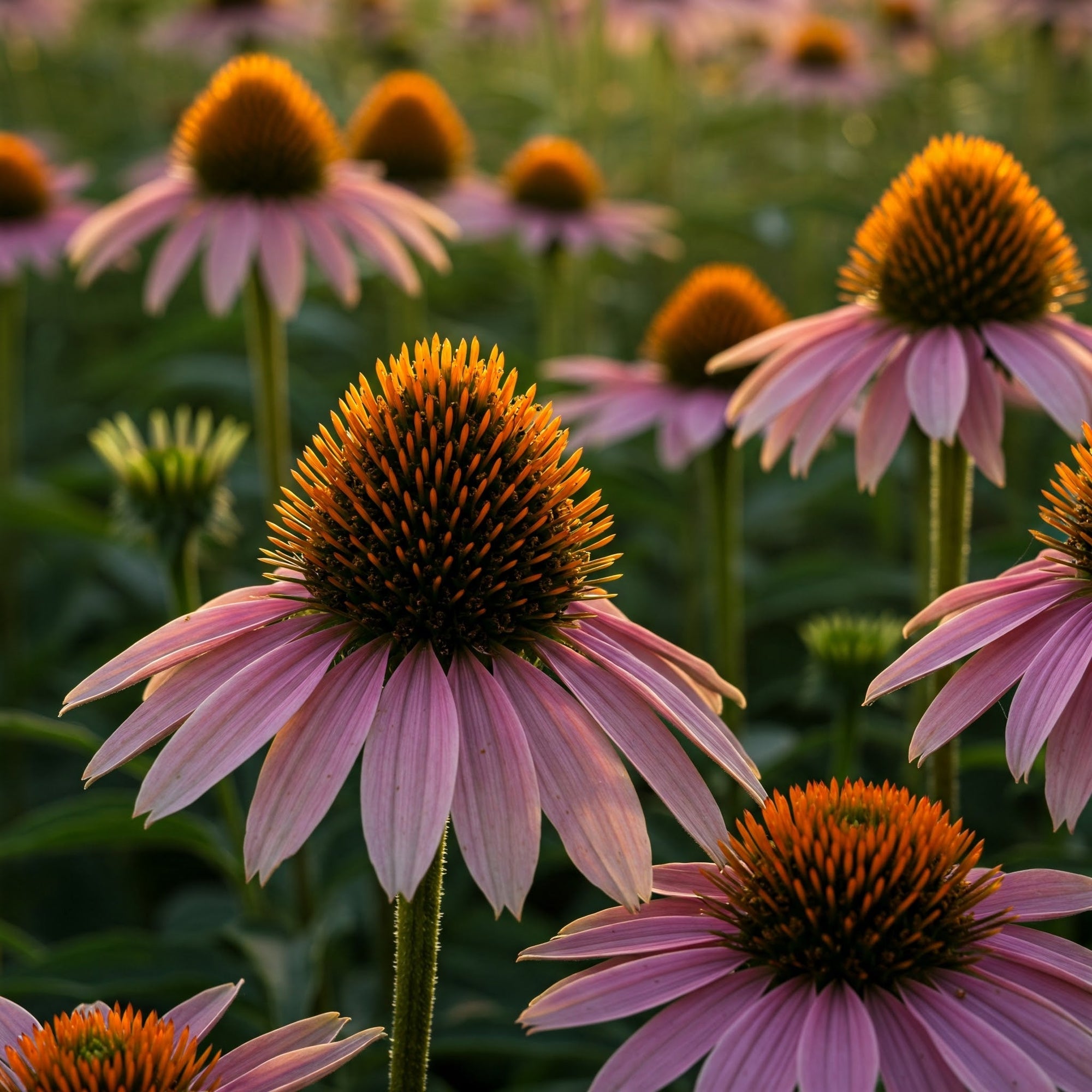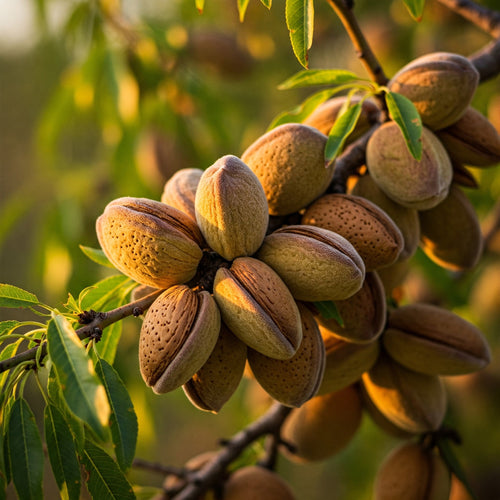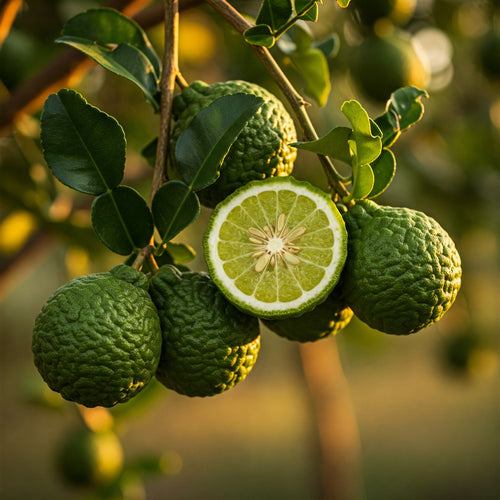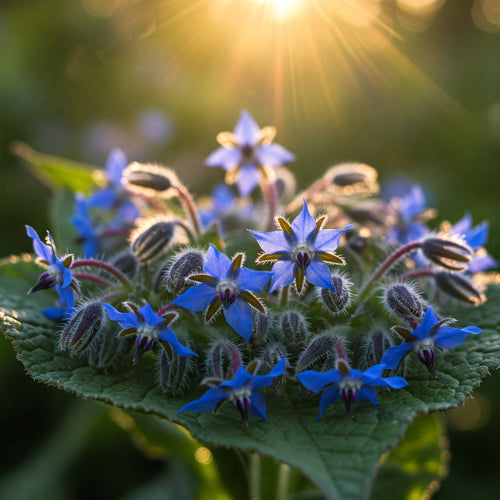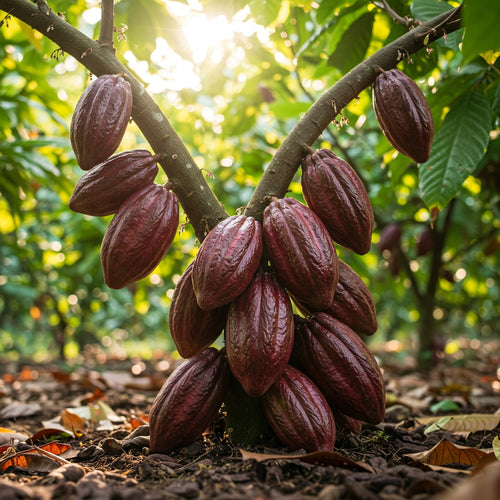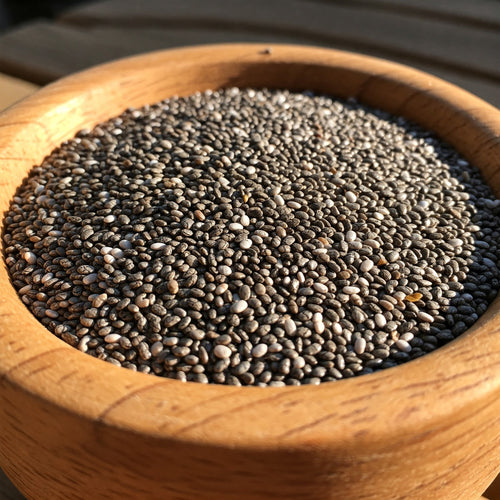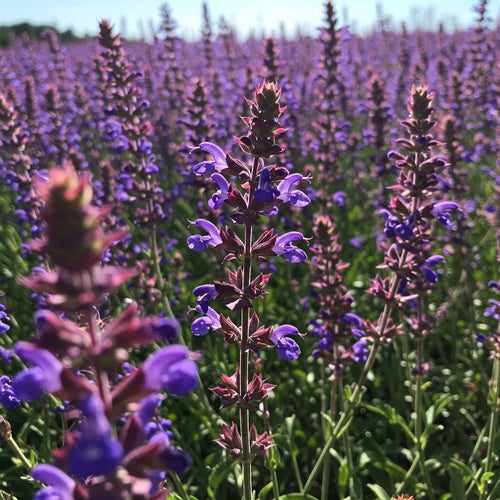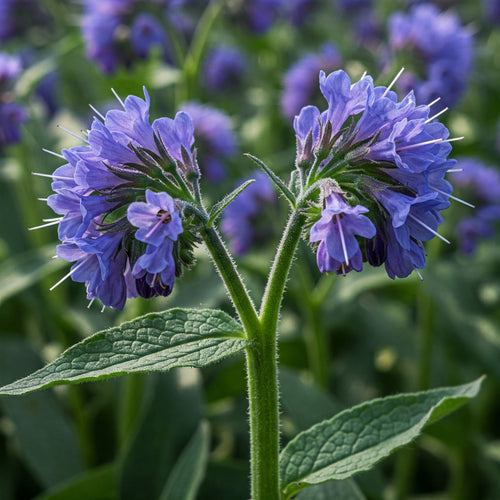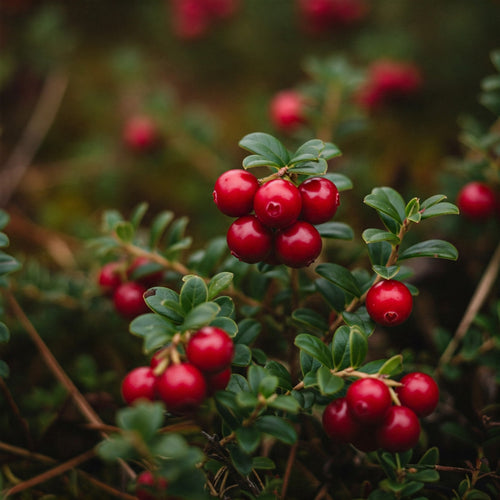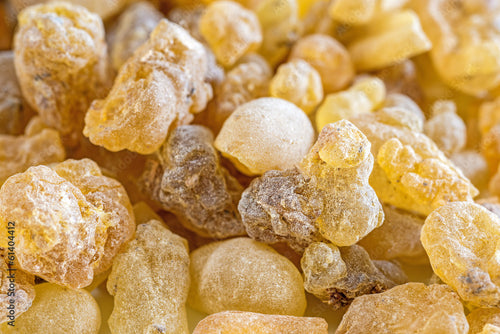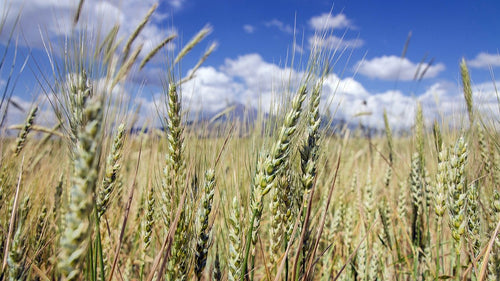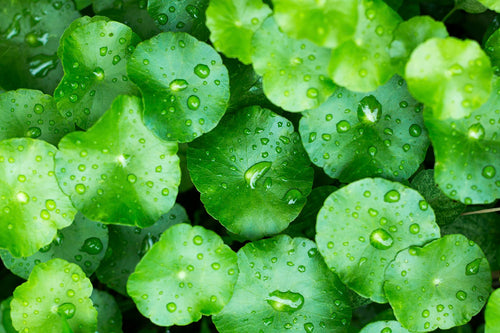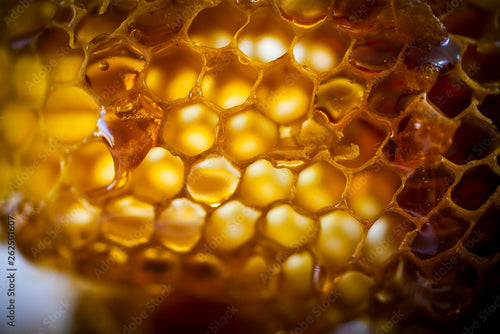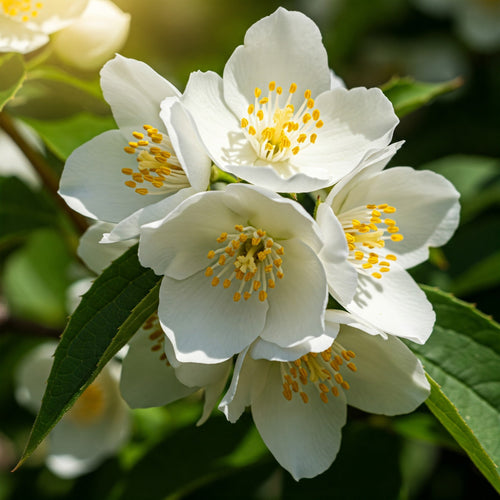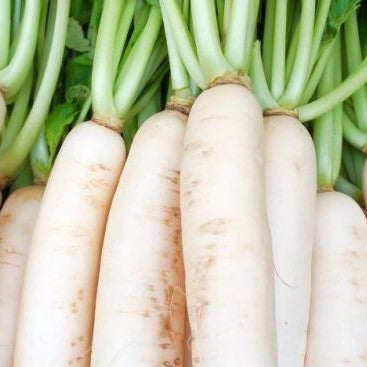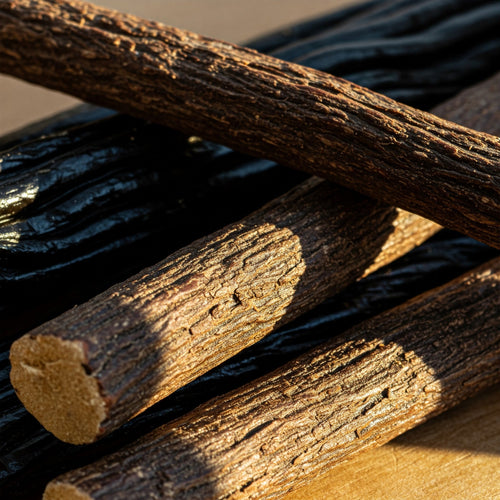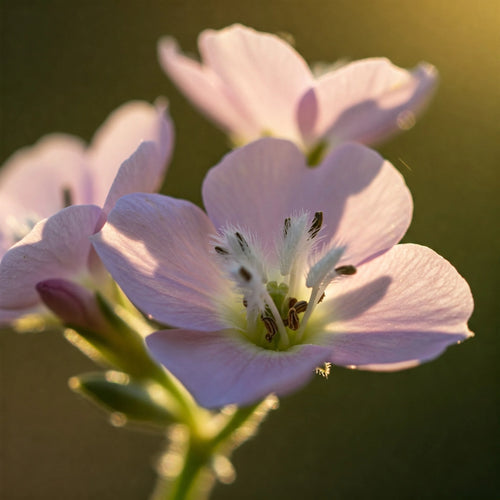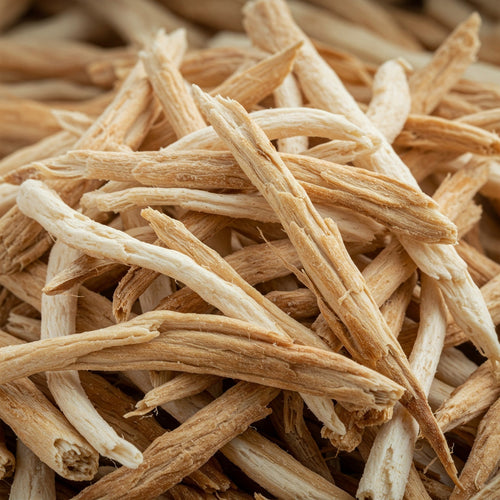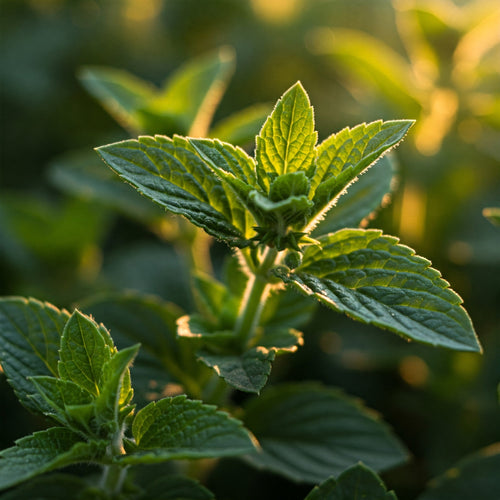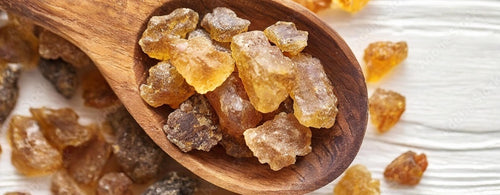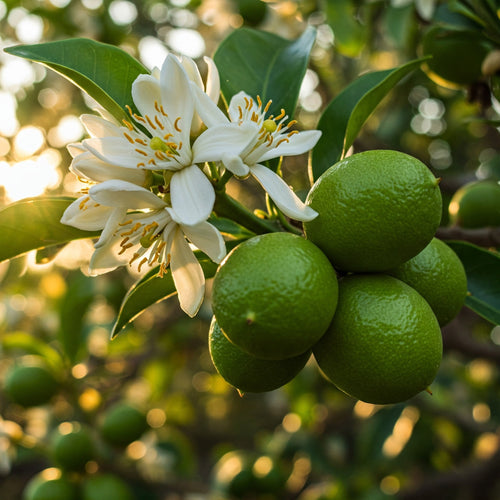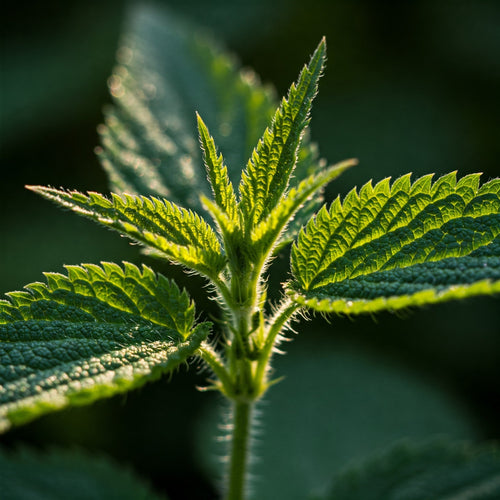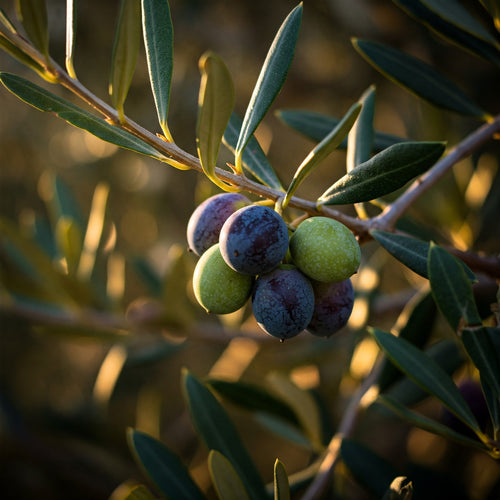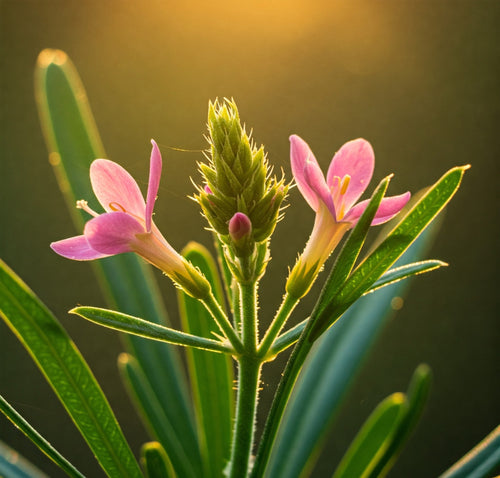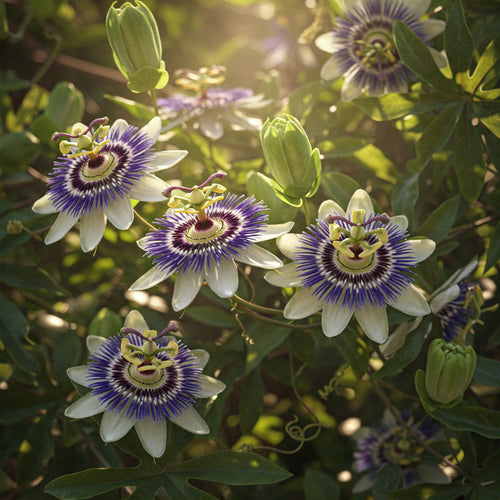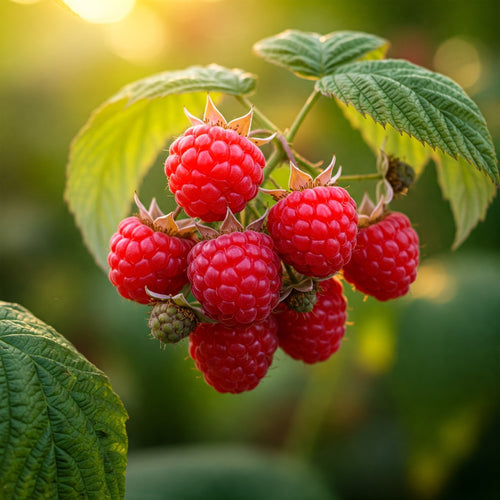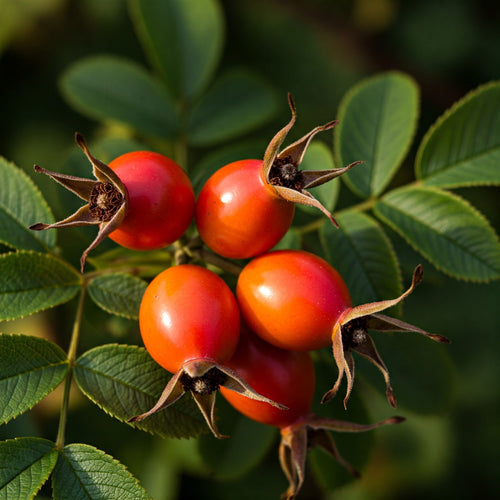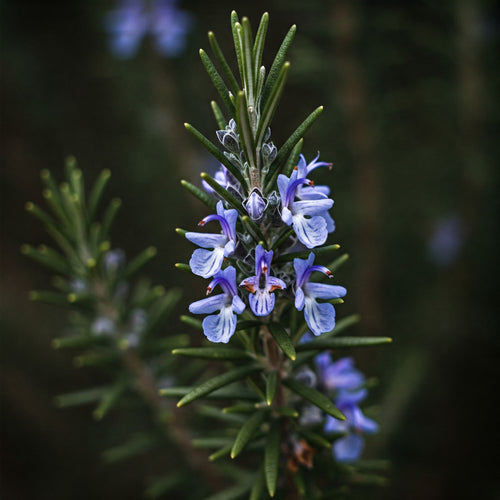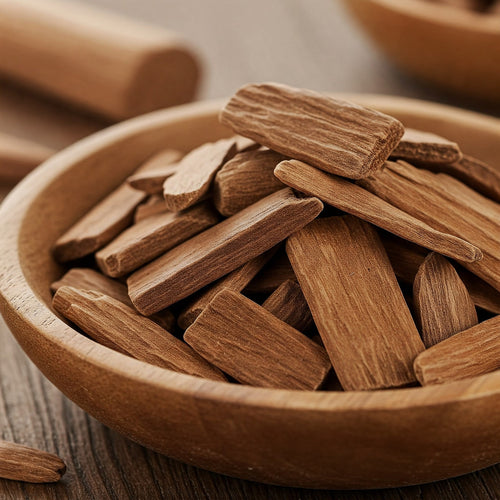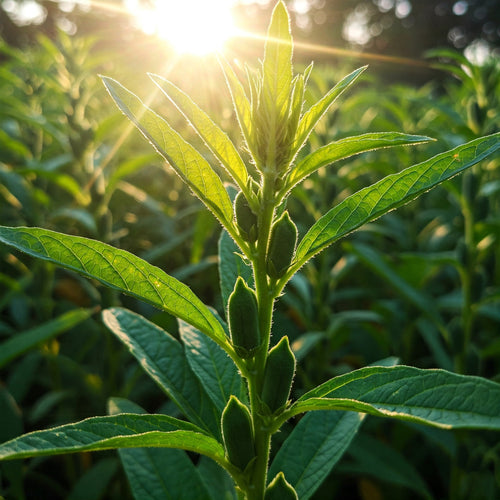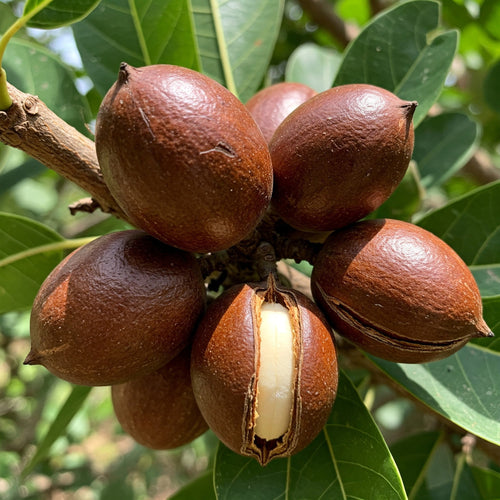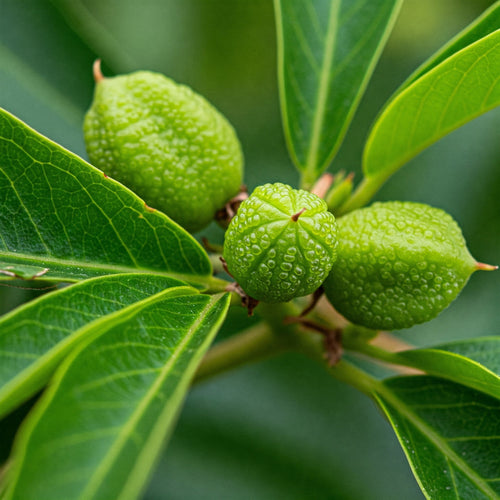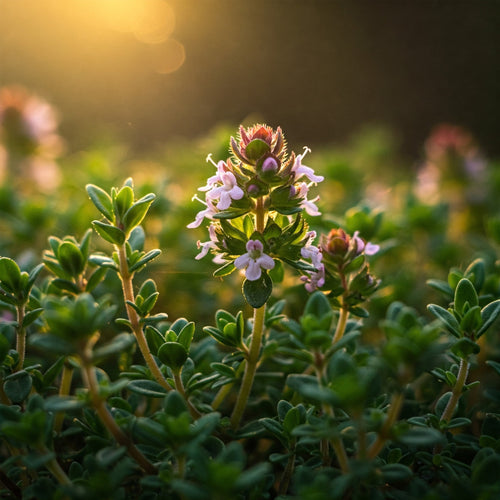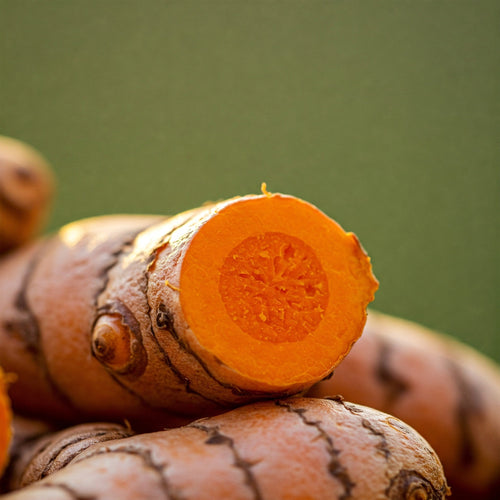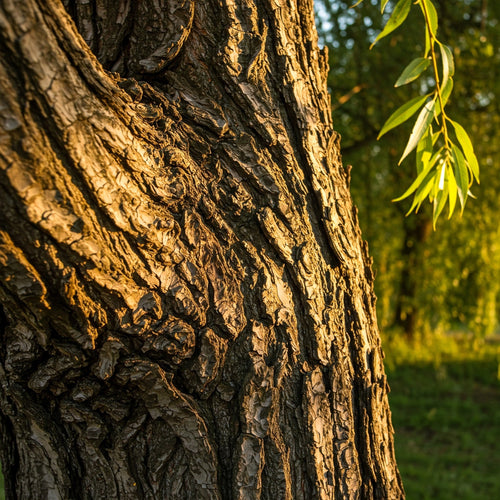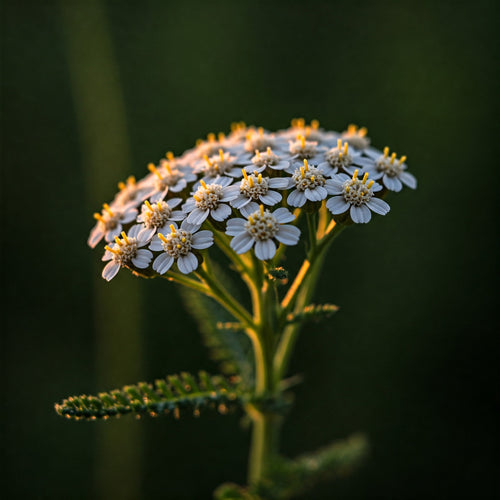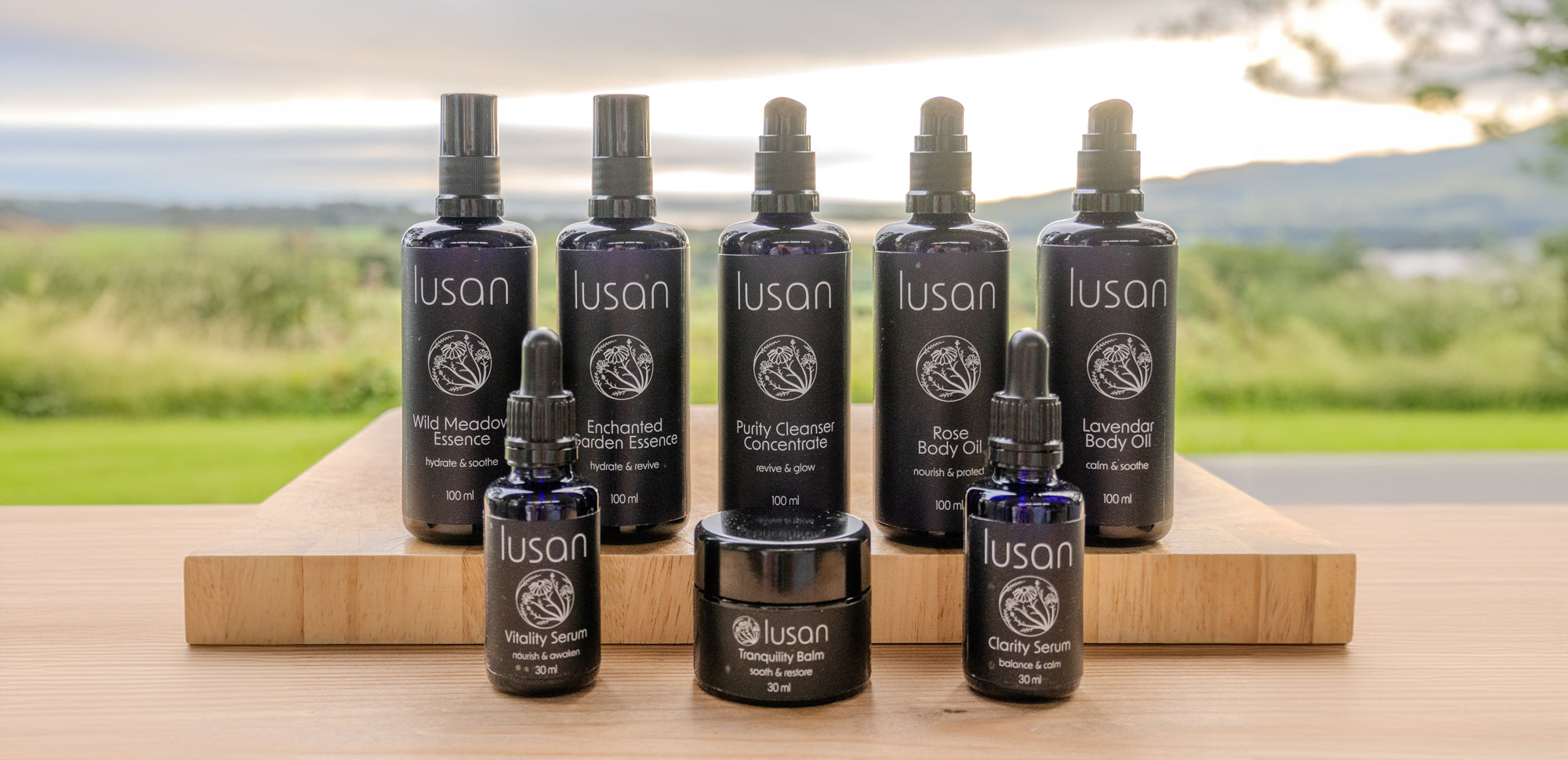Echinacea Purpurea
Also known as purple coneflower, echinacea blooms from July to September producing purple red flower heads with spikes reminiscent of tiny hedgehog spines, this is the origin of the name Echinacea, being derived from the Greek word “echinos” (hedgehog).
A herbal ingredient famed for its medicinal properties, it has been used throughout history to soothe cold and flu symptoms and heal wounds. For thousands of years traditional herbal medicine has used echinacea to protect the skin from abuse by the elements. Applied topically, the herb is known as a remedy for a variety of skin conditions.
It acts as a first aid for stressed skin, it has a curative and anti-inflammatory effect to soothe skin and reduce irritation. It contains many beneficial compounds such as alkylamides, glycoproteins and polysaccharides, all of which contribute to its soothing benefits, making it a valuable ingredient suitable even for those with skin prone to rosacea and eczema. Studies have shown its effectiveness in curbing itchiness on the skin and scalp.
Echinacea also has wound-healing, antibacterial and antimicrobial properties making it a wonderful plant to use in the support of acne
Echinacea is rich in many antioxidants to protect the skin from free radical damage, that when left unchecked, can cause fine lines, wrinkles and uneven tone. Phenolic compounds, such as chicoric acid provide further support for ageing and help protect the skin from aggressive environmental agents, such as central heating and extreme cold, which can dry out the skin.
Echinacea is proven to:
- Boost collagen production
- Provide hydration
- Brighten skin
- Boost skin's natural moisturizing factors
- Protect the skin's outer layer, helping to lock in moisture
We use our organically certified Echinacea in our in-house infused oils. This traditional process takes 6 weeks to ensure we capture all the active plant compounds.
